California is undergoing a significant overhaul in its electricity billing method. The state lawmakers approved a complex energy bill two years ago with minimal debate, enabling sweeping changes in how most Californians are billed for electricity.
This shift was initiated by Pacific Gas & Electric, which had requested such changes from the state public utilities commission.
Origin and Approval of the Legislation
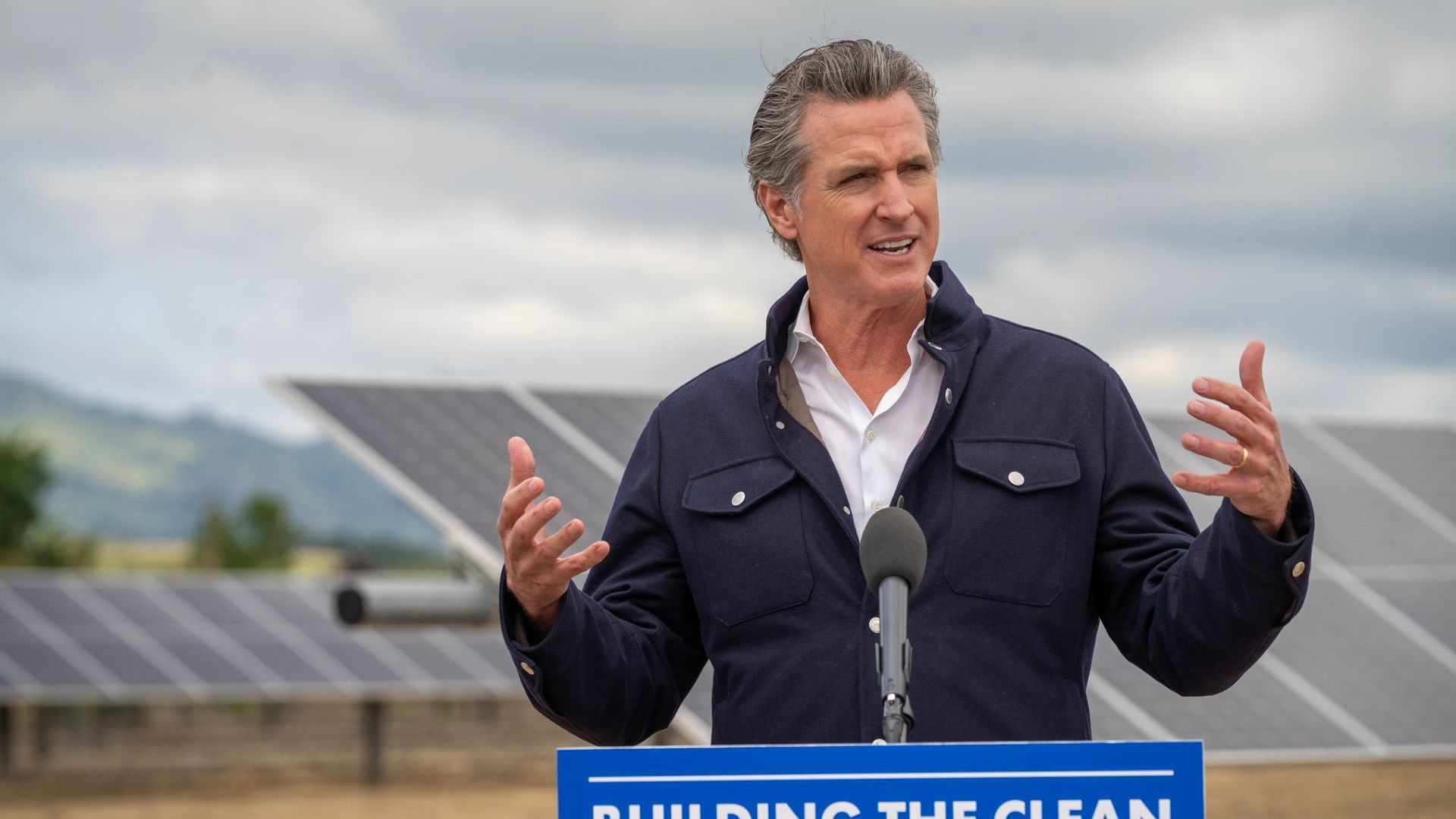
Governor Gavin Newsom introduced this legislation as part of a substantial 2022 budget revision. Within four days, it passed through an Assembly committee hearing without discussion, received approval from both the Assembly and Senate, and was signed into law by Newsom.
The process was unusually rapid for such a significant legislative change.
New Monthly Fee

The new legislation, which was backed by State utility regulators this month, will allow California’s largest power companies to implement a new flat monthly fee.
In return, the state has been promised a reduction in the overall price of electricity. The controversial change will affect how millions of Californians pay their utility bills.
Californians Could Experience an 18% Cut on their Utility Bill

The new policy requires power companies to reduce the price individual households pay when they charge their phones or run heavy appliances such as air conditioners.
According to the commission’s analysis, the rate cut can range from 8 to 18%, depending on several factors, including the season, time of day, and utility.
Making Up the Lost Revenue

However, there is a catch, which aims to make up for the lost revenue. Regulators have introduced the new “fixed charge,” which differs from the traditional billing method.
For decades, utility bills from companies such as Pacific Gas & Electric and San Diego Gas & Electric have been “pay as you go.” Now, this is set to change.
Monthly Fee Begins Next Year

The new monthly fixed charge will begin next year for SCE and SDG&E customers, and for those signed with PG&E, it will commence in early 2026.
Ultimately, what this means is that California’s investor-owned utility companies are now permitted to charge residents a monthly fee regardless of how much electricity they draw from the state grid.
Objectives Behind the New Billing System

The three largest investor-owned power companies in the state advocated for the change, arguing that it would promote the use of electric vehicles and electric-powered appliances.
They claimed that the new monthly fee would help them “more evenly allocate fixed costs among customers,” making electric power more accessible and encouraging environmental sustainability.
Opposition and Concerns
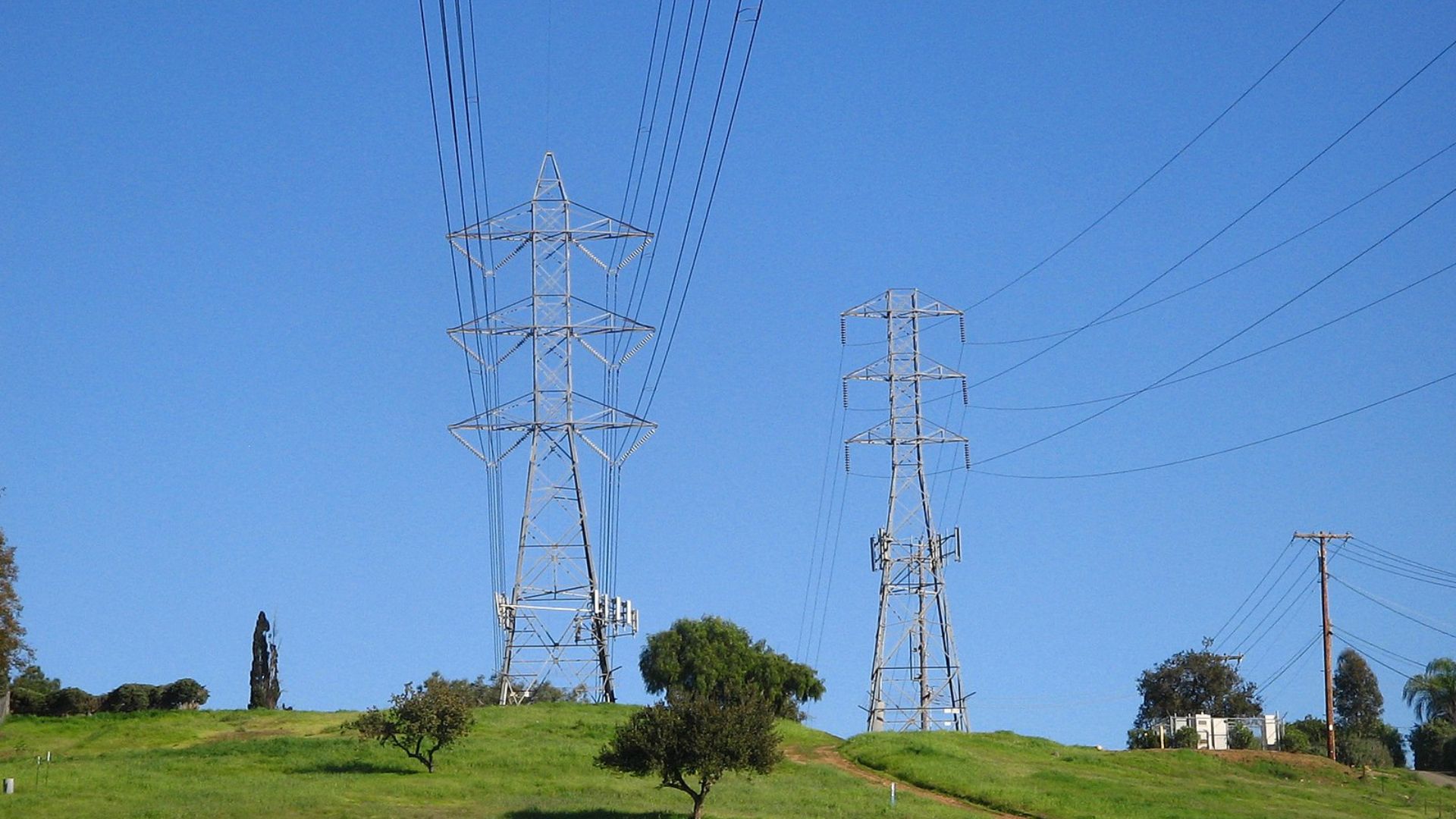
Critics of the legislation argue that it serves as a financial boost to companies like Pacific Gas & Electric, Southern California Edison, and San Diego Gas & Electric.
They argue the new policy will benefit larger homes, which consume more electricity, at the expense of smaller homes and apartments, which use less.
Environmental Working Group President Criticizes the Policy

Ken Cook, president of the Environmental Working Group, criticized the policy during a recently released statement.
He said, “If you wanted to design a policy that would send the signal that conservation doesn’t count, this would be it.”
Impending Implementation of New Charges
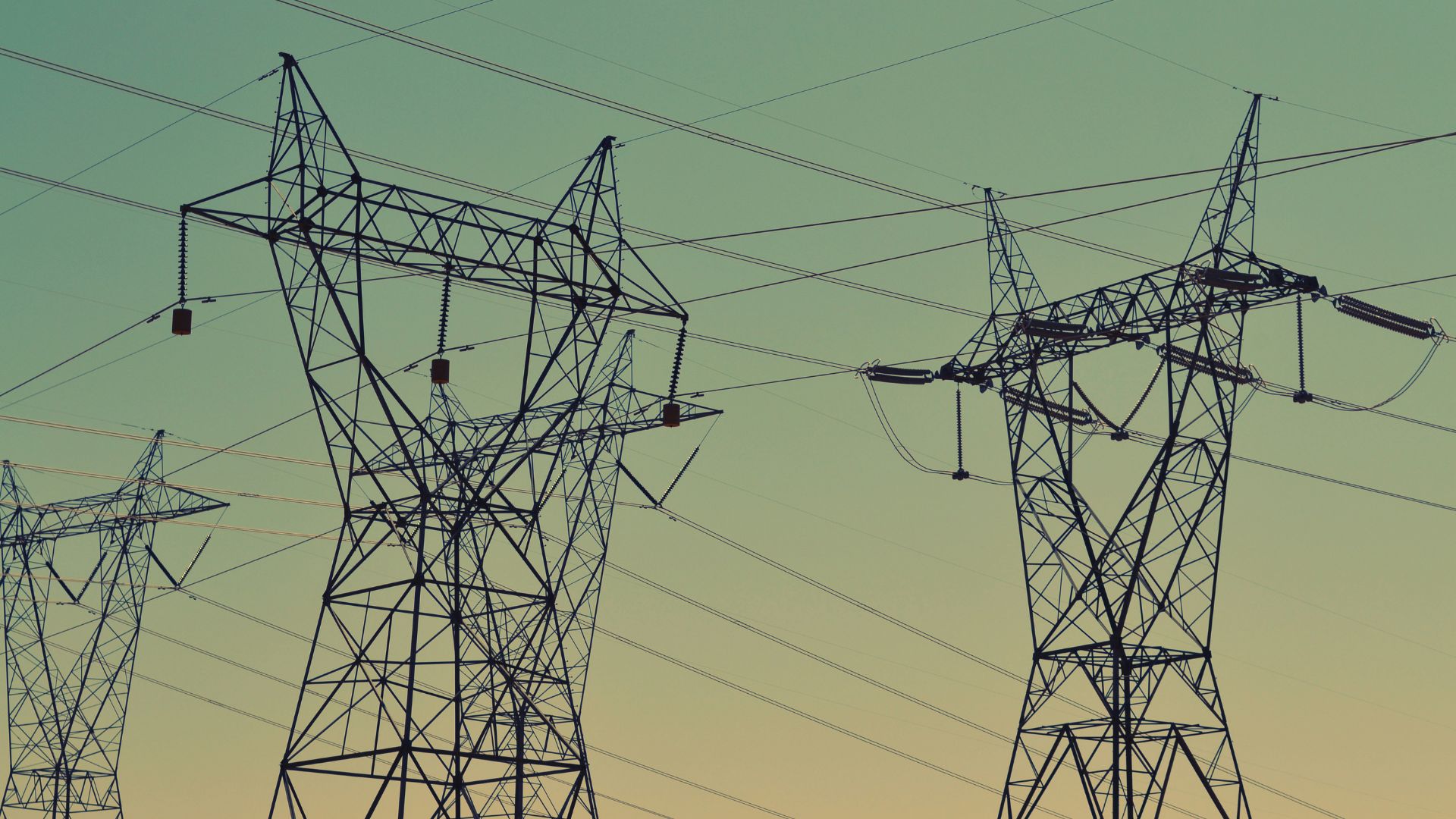
With the new legislation in place, the California Public Utilities Commission is set to implement a $24 monthly charge.
This development is forthcoming even as some lawmakers who supported the original legislation now seek to reverse their decision.
Environmental Groups Raise Concerns
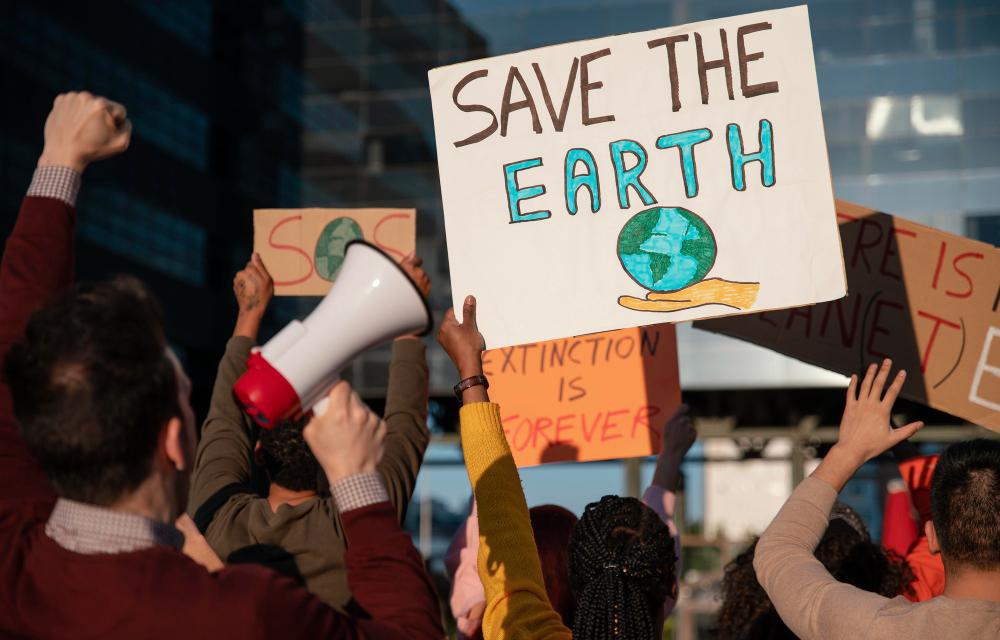
The law quietly passed by Newsom in 2022 has garnered considerable attention in recent months, as a coalition of over 250 environmental and community groups has risen in protest.
The groups argued that the law was passed with minimal public input and too much utility influence.
Broader Trends and Criticisms

There is a broader trend nationwide, as noted by Ken Cook, where utilities are shifting more costs onto fixed fees, which they collect regardless of consumption. Cook pointed out, “This is easy money.”
Critics say this approach reduces the incentive for energy conservation and disproportionately impacts those who use less energy.
Economic Implications for Consumers

Despite concerns, the CPUC argues that the new rate structure makes electric power more affordable across various demographics, potentially saving individuals who fully electrify their homes between $28 and $44 monthly compared to the current billing system.
This new structure, however, still charges higher rates during peak evening hours to encourage energy conservation.
Financial Impact and Revenue Neutrality

Terrie Prosper, the CPUC’s director of strategic communications, stated, “The flat-rate design will not increase utility revenues; the flat rate is not a new fee — it simply reallocates how electricity costs are paid for on bills.”
This statement aims to clarify that the changes are meant to distribute costs more fairly without increasing overall charges.
Necessary to Bring Down Bills

Those who stood firm in their decision to back the bill have argued it was necessary to help bring down the price of electricity in California.
State regulators want to ensure that all new vehicles sold after 2035 are electric, but this goal would be unachievable should electricity prices remain high.
CPUC President Speaks on States Plans

Speaking at a hearing, CPUC President Alice Reynolds said the state’s planned “transition to all-electric homes, cars and trucks is truly transformative.”
He went on to suggest that all customers “will be better off financially if they electrify — whether that’s purchasing an electric vehicle or switching out a gas appliance with an electric one.”
The Policy Overturns 50 Years of Precedent, Says Former CPUC President

The former president of CPUC, Loretta Lynch, disagreed with Reynolds, claiming that the new policy overturns 50 years of regulatory precedent in the state.
“If you use more, you pay more, and that encourages conservation,“ said Lynch, who is clearly a critic of what she calls a “pro-utility” bias from the current body.
Academic Influence on the Legislation

The overhaul was partly inspired by a 2021 paper from UC Berkeley’s Energy Institute at Haas.
This paper advocated for a reduction in the rate per kilowatt hour and the introduction of a new fixed charge on bills to handle the increasing costs of renewable energy infrastructure and wildfire risk mitigation.
Concerns Over Academic and Utility Interactions

The Solar Rights Alliance has expressed concern over the potential conflict of interest, noting that the Energy Institute at Haas, which influenced the policy, received substantial funding from utility companies.
Severin Borenstein, a lead author of the paper, ensured, “We are not doing the bidding of any of these people.”
Legislative Developments and Utility Profits

As per Michael Backstrom, SoCal Edison’s vice president of regulatory affairs, the introduction of a new fixed charge ensures that “everyone using the grid is paying for its operation and upkeep.”
He emphasized, “There is no additional cost being collected; there’s no change to utility profits.”
Economist Says She’s Disappointed With New Policy

Merideth Fowlie, a UC Berkeley economist and one of the initial researchers who came up with the idea of a fixed utility bill, claims the ultimate impact of the new policy is more muted than either side of the argument ones to admit.
“Clearly, I’m disappointed because I don’t think it comes close to where I think we should be in terms of reductions,” she said.
Fowlie Shares Her Thoughts on the New Policy

In a statement, Fowlie went on to share her thoughts on the new policy.
“If this forces another conversation — which is, ‘Why are we paying for wildfire risk mitigation, which is essentially climate change adaptation, or some of these major investments in decarbonization, on bills?’ — I think that’s an important conversation to have,” she said.
Winners and Losers

When it comes down to who will benefit from the new policy, it will save money for households that use a lot of electricity, such as those in AC-dependent parts of the state or those who drive large electric vehicles.
Meanwhile, lower-income households who are eligible to apply for a discounted fixed rate will also save money.
Future Directions and Legislative Responses

Amidst ongoing debates and public dissatisfaction, California’s approach to electricity billing remains a contentious issue.
As the state navigates these changes, further legislative scrutiny and possible amendments are expected to ensure that adjustments to the fixed charge are revenue-neutral for utilities and do not serve as a means to increase profits.
Impact on Small Businesses

The new electricity billing system in California has significant implications for small businesses. Unlike residential users, small businesses may face higher costs due to their constant energy needs.
This has led to concerns from business owners and advocates who argue that the fixed charge disproportionately affects small businesses.
Comparison with Other States

California’s new electricity billing system contrasts sharply with those in other states. For instance, states like Texas have different approaches that emphasize variable rates based on consumption.
This comparison reveals the unique challenges and advantages of California’s system. Experts argue that while some states prioritize affordability, California’s model focuses on sustainability and infrastructure costs, reflecting diverse priorities in energy policy.
Technological Innovations and Adaptations

The shift to a new billing system is driving technological innovations in California’s energy sector. Smart grid technologies and energy-efficient appliances are becoming more prevalent as consumers seek to manage costs.
For example, companies are investing in advanced metering infrastructure to optimize energy distribution. These innovations not only help consumers adapt to the new billing method but also attempt to promote a more sustainable energy future.
Consumer Behavior and Energy Usage Patterns
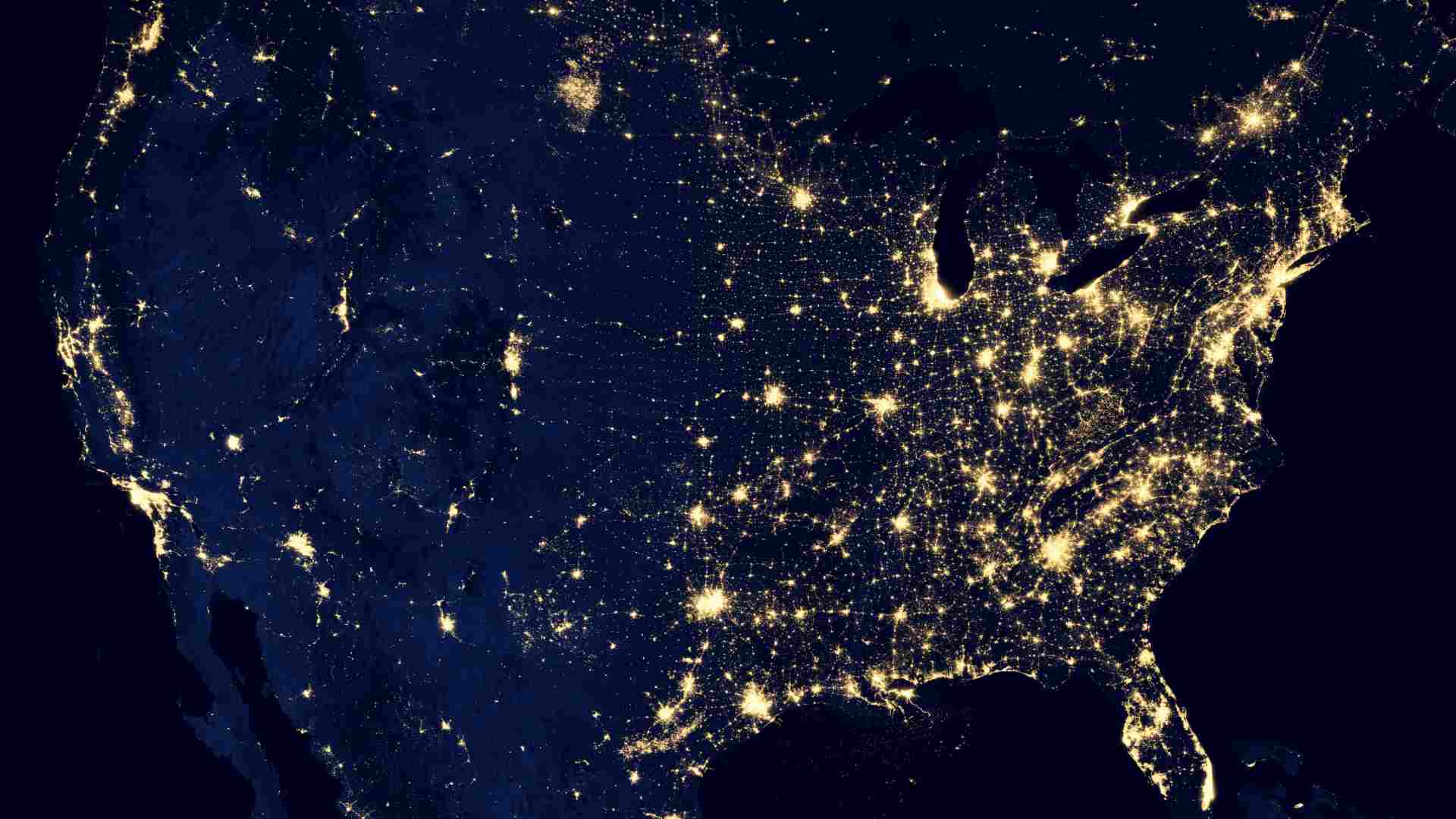
The new billing system will likely influence consumer behavior regarding energy usage. Households may adopt more energy-efficient practices to mitigate the impact of the fixed fee. For example, homeowners may consider installing smart thermostats and LED lighting.
Studies indicate a trend towards reduced energy consumption during peak hours. This behavioral shift demonstrates a proactive response to the financial incentives embedded in the new billing structure.
Role of Renewable Energy

Renewable energy plays a crucial role in California’s revamped billing system. Households with solar panels or wind turbines stand to benefit from the reduced variable costs, as well as tax incentives.
The new system encourages the adoption of renewable technologies, aligning with the state’s environmental goals.
Legal Challenges and Public Protests

Legal challenges and public protests are mounting against the new electricity billing system. Consumer advocacy groups have filed lawsuits, claiming the changes disproportionately impact low-energy users.
Public demonstrations have also erupted, with protestors arguing for more equitable billing practices.
Economic Impact on Low-Income Households

The new billing system’s economic impact on low-income households is a significant concern.
While the policy promises programs to assist low-income households with the transition, it is unclear how effective these measures will be, especially in the long term.
Environmental Implications

By shifting costs, California’s new policy aims to promote energy conservation and the use of electric vehicles. The reduction of variable costs for households using renewable energy sources also encourages the adoption of environmentally-friendly technologies, such as the aforementioned smart devices.
However, there are concerns that the policy could have unintended consequences, such as discouraging low-income households from investing in renewable energy due to the expensive upfront costs.
Future Policy Directions

Future policy directions in California may address the current billing system’s criticisms. Lawmakers are considering amendments to ensure the changes remain revenue-neutral for utilities while protecting consumers.
Potential adjustments include more dynamic pricing models or additional support for low-income households. These discussions reflect ongoing efforts to refine the policy in response to public feedback and economic realities.
Historical Context of Utility Billing in California

California’s current overhaul of the electricity billing system is part of a long history of utility regulation in the state. For decades, the “pay as you go” model dominated.
This new fixed charge approach marks a significant departure from past practices.
Insights from Global Perspectives

Globally, various countries manage electricity billing with differing strategies that offer valuable insights for California. For example, Germany’s dynamic pricing model adjusts rates based on real-time usage, incentivizing energy conservation.
By examining these international practices, California can learn from successful implementations and potentially integrate similar elements to enhance its own billing system.
Impact on Electric Vehicle Adoption

The new billing system significantly impacts the adoption of electric vehicles (EVs) in California. With lower costs for charging, the thought is that more residents are likely to consider EVs.
This aligns with the state’s goal to have all new vehicles sold after 2035 be electric. By making electricity more affordable, the policy supports broader environmental initiatives and helps drive the transition towards a cleaner transportation sector.
